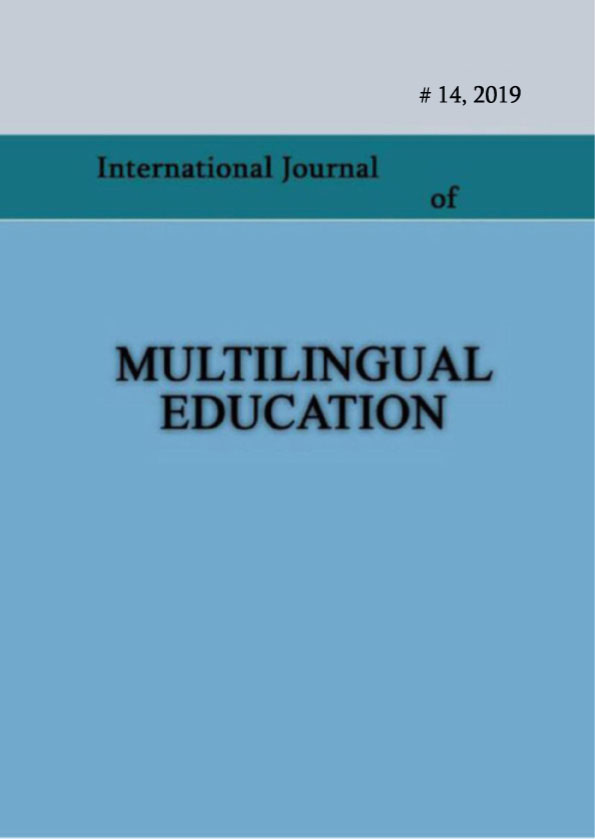The Functional-Semantic Analysis of Particles Expressing Simple Negation in the Svan Language
საკვანძო სიტყვები:
Svan language, negation, particle, semantics.ანოტაცია
In the Svan language there are more negative particles as compared to other Kartvelian languages – Georgian, Megrelian and Laz. The negative particles in the Svan language form three semantic groups expressing simple negation, negation of possibility and prohibition. The Svan language abounds in simple particles expressing negation: მ m , მ მა m ma, მამა mama, მ დე m de, მადმა madma, მ m , მ მა m ma, მ დე m de, მოდმა modma, დ მა d ma, დ მამ d mam, დ სა d sa, დ სა d sa, დ მის d mis, დ მა d ma, დემე(გ) deme(g), დე de, დეი dei...
These particles are considered as allomorphs. However, they can be differentiated based on functional and semantic criteria.
The functional differentiation has been carried out by T. Sharadzenidze who proved that
the negative particles are used in different types of sentences based on the vowels ( ე e and ო o) which form part of these particles;
On the other hand, these particles are semantically diverse, as they express different degree of categoricity: some of them are neutral, non-categorical, and correspond to the Georgian არ/არა ar/ara (No/Not), while others reveal high degree of categoricity. Such particles are hard to translate. In the oral speech, their semantic nuances are revealed by means of intonation. This is natural, because categoricity and probability are semantically incompatible concepts. Their substitution with less categorical neutral negative particles yields a different interpretation of the subject’s attitude to actions or events in the text.
ჩამოტვირთვები
გამოქვეყნებული
როგორ უნდა ციტირება
გამოცემა
სექცია
ლიცენზია

ეს ნამუშევარი ლიცენზირებულია Creative Commons Attribution-ShareAlike 4.0 საერთაშორისო ლიცენზიით .

